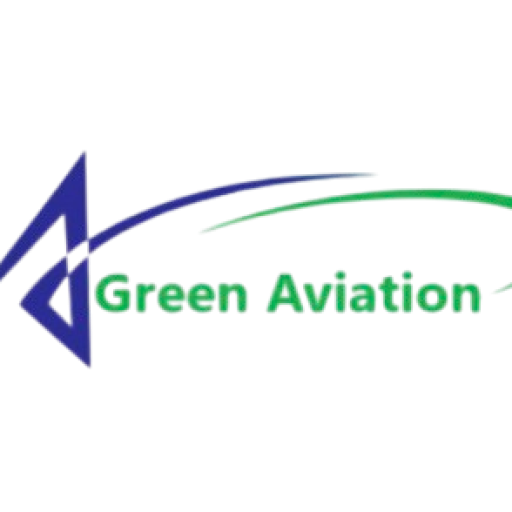Authors: Talal Yusaf, Abu Shadate Faisal Mahamude, Kumaran Kadirgama, Devarajan Ramasamy, Kaniz Farhana, Hayder A. Dhahad, ABD Rahim Abu Talib
Publication Date: 2 January 2024
Category: Hydrogen Fuel Cells
Article Link: https://www.sciencedirect.com/science/article/pii/S0360319923009187
DOI: https://doi.org/10.1016/j.ijhydene.2023.02.086
Abstract (Official): In the modern world, zero-carbon society has become a new buzzword of the era. Many projects have been initiated to develop alternatives not only to the environmental crisis but also to the shortage of fossil fuels. With successful projects in automobile technology, hydrogen fuel is now being tested and utilized as a sustainable green fuel in the aviation sector which will lead to zero carbon emission in the future. From the mid-20th century to the early 21st numerous countries and companies have funded multimillion projects to develop hydrogen-fueled aircraft. Empirical data show positive results for various projects. Consequently, large companies are investing in various innovations undertaken by researchers under their supervision. Over time, the efficiency of hydrogen-fueled aircraft has improved but the lack of refueling stations, large production cost, and consolidated carbon market share have impeded the path of hydrogen fuel being commercialized. In addition, the Unmanned Aerial Vehicle (UAV) is another important element of the Aviation industry, Hydrogen started to be commonly used as an alternative fuel for heavy-duty drones using fuel cell technology. The purpose of this paper is to provide an overview of the chronological development of hydrogen-powered aircraft technology and potential aviation applications for hydrogen and fuel cell technology. Furthermore, the major barriers to widespread adoption of hydrogen technology in aviation are identified, as are future research opportunities.
GAT Editor’s Comments:
– This article explores the chronological development of hydrogen-powered aircraft technology, the potential aviation applications for hydrogen and fuel cell technology, major barriers to widespread adoption of hydrogen technology in aviation, and future research opportunities.
– Blue hydrogen, produced through the process of steam methane reforming, may hurt the environment more than the fossil fuels it intends to replace. Unlike blue hydrogen, green hydrogen production does not result in greenhouse gas emissions as renewable energy sources are used.
– The primary limiting factors in integrating hydrogen-powered aircraft into the current industry include: (1) high cost of producing green hydrogen to achieve zero-carbon emissions, (2) lack of infrastructure for hydrogen fuel, (3) hydrogen storage problems, and (4) need to change aircraft design. – Authors highlighted the criticalness of understanding hydrogen fuel cell performance in severe circumstances, e.g. low pressure, low gravity, and low temperature.


